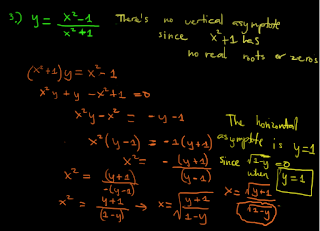Simplex Method -
Maximization Case
Consider
the general linear programming problem
Maximize z = c1x1
+ c2x2 + c3x3 + .........+ cnxn
subject to
a11x1 + a12x2 + a13x3 + .........+ a1nxn ≤ b1
a21x1 + a22x2 + a23x3 + .........+ a2nxn ≤ b2
.........................................................................
am1x1 + am2x2 + am3x3 + .........+ amnxn ≤ bm
x1, x2,....., xn≥ 0
Where:
cj (j = 1, 2, ...., n) in the objective function are called the cost or profit coefficients.
bi (i = 1, 2, ...., m) are called resources.
aij (i = 1, 2, ...., m; j = 1, 2, ...., n) are called technological coefficients or input-output coefficients.
Converting
inequalities to equalities
Introducing slack
variables to convert inequalities to equalities a11x1 + a12x2 + a13x3 + .........+ a1nxn + s1 = b1
a21x1 + a22x2 + a23x3 + .........+ a2nxn + s2 = b2
..............................................................................
am1x1 + am2x2 + am3x3 + .........+ amnxn + sm = bm
x1, x2,....., xn≥ 0
s1, s2,....., sm ≥ 0
An initial basic feasible solution is obtained by setting x1 = x2 =........ = xn = 0
s1 = b1
s2 = b2
..............
sm = bm
The initial simplex table is formed by writing out the coefficients and constraints of a LPP in a systematic tabular form. The following table shows the structure of a simplex table.
Structure
of a simplex table
cj
|
c1
|
c2
|
c3
|
---
|
cn
|
Right Hand Side
|
|
cB
|
Basic variables
B |
x1
|
x2
|
x3
|
---
|
Sn
|
Solution values
b (=XB) |
cB1
|
x1
|
a11
|
a12
|
a13
|
---
|
a1n
|
b1
|
cB2
|
x2
|
a21
|
a22
|
a23
|
---
|
a2n
|
b2
|
cB3
|
x3
|
a31
|
a32
|
a33
|
---
|
a3n
|
b3
|
---
|
-----
|
----
|
----
|
-----
|
---
|
----
|
-----
|
cBm
|
xn
|
am1
|
am2
|
am3
|
---
|
amn
|
bm
|
Z
|
z1
|
Z2
|
Z3
|
---
|
Zn
|
||
cj-
zj
|
c1-z1
|
C2-z2
|
C3-z3
|
---
|
Cn-zn
|
||
Where:
Cj = coefficients of the variables in the objective function.
cB = coefficients of the current basic variables in the objective function.
B = basic variables in the basis.
XB = solution values of the basic variables(Right Hand Side.
cj- zj = index row.
Source Link : Simplex Method - Maximization Case
Cj = coefficients of the variables in the objective function.
cB = coefficients of the current basic variables in the objective function.
B = basic variables in the basis.
XB = solution values of the basic variables(Right Hand Side.
cj- zj = index row.
Source Link : Simplex Method - Maximization Case



















































